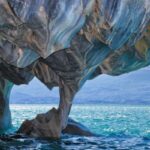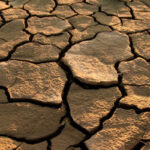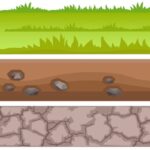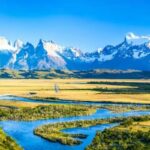We explain what erosion is and what this physical process consists of. Also, how wind erosion and water erosion are carried out.
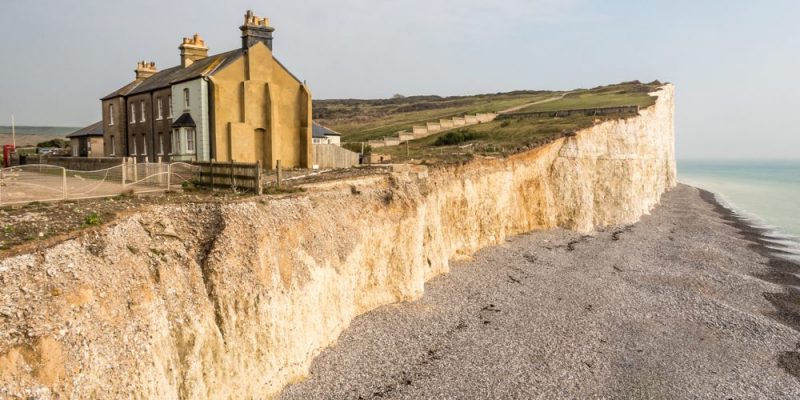
What is erosion?
Erosion is the wear and tear exerted over time by the different physical processes of the Earth's surface on soils, rocks and materials that could resist them. The main erosive agents are wind, water, ice and temperature changes..
Erosion is not equivalent to weathering, a process of alteration or disintegration of rocks. For erosion to occur, a transport of matter or a movement of matter is required, the repeated passage of which generates friction and wear in the materials, producing the relief, for example, of valleys, canyons, caverns, plateaus and other structures in whose formation there is no the hand of man intervenes.
However, certain human activities can promote or even accelerate erosion. For example, logging for agricultural purposes removes the vegetal layer of the soil, leaving it exposed to the action of rain or wind, which in the long run can lead to soil infertility due to loss of nutrients.
In fact, under favorable conditions, erosion can be an intense force in soil desertification which would contribute to the expansion of the 35% of the earth's surface that is already considered desert.
On the other hand, the action of wind or water can produce interesting natural monuments: natural arches or peculiar rock formations, such as those that exist in the Salar de Uyuni, in Bolivia, or in the Valley of the Moon in San Juan, Argentina.
Wind erosion
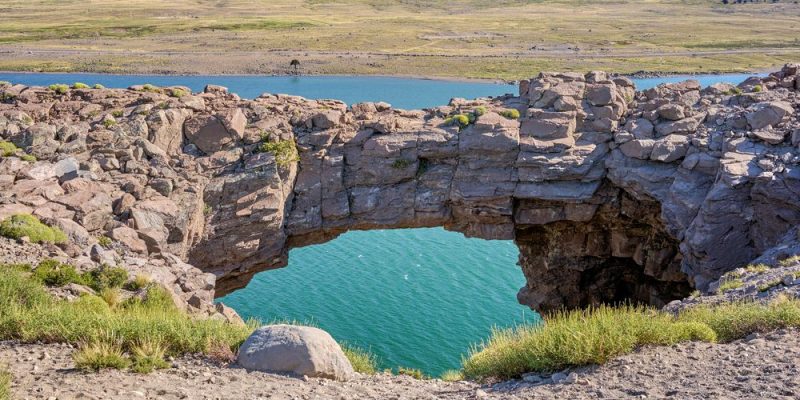
This is what erosion is called as a result of the constant action of the wind over the years transporting tiny particles of sand or rock that, in constant friction against soils, stones and mountains, reduce their outer layers, carving them.
wind erosion In desert areas it is responsible for outlining sand dunes to move them, or to form stone deserts, called “erg”. In humid areas, however, it usually produces flat or slightly undulating reliefs, due to the transport of much finer materials, such as sedimentary clay deposits.
water erosion
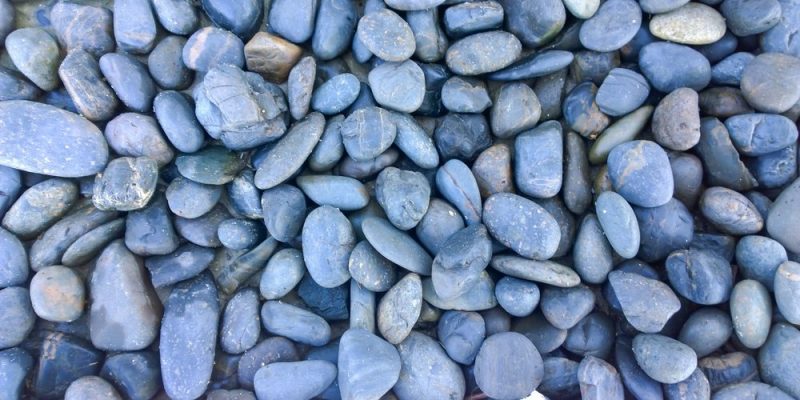
Water erosion is due to the action of the multiple forms of water from rain, rivers, seas and their phase changes according to the climatic seasons. Thus, the constant pounding of the waves on the sand on the shore reduces and rounds the pebbles that make up the sand, giving them their characteristic fineness and roundness, something that also happens with river stones.
On the other hand, larger rocks resist the impact of water without moving, but gradually losing particles of their outer layer, thus acquiring the roundness and smoothness that usually characterizes them, or the holes and craters into which water drops ceaselessly fall. .
The cliffs, likewise, or tidal flats, are the product of the action of the sea over the centuries, just as occurs with river beds, in which the soil material is simultaneously eroded and sedimented.
The same thing happens in glacial regions, where the movement of ice, or even its constant formation and melting, has an impact on the surrounding materials, also causing their wear.
References
- “Erosion” in Wikipedia, The Free Encyclopedia.
- “Erosion: what it is, types and consequences” in Encolombia.


